"Amboli" is situated in Sindhudurg district of Maharashtra, and is 30 Kms from Sawantwadi which is well connected to Mumbai and Pune via road and rail. Amboli ghat is one of the Bio-diversity hotspot and is wetest place in Maharashtra recieving rainfall about 750 cms. It has thick pristine forest around in which conditions are perfectly attained for the sustainance of several species of lesser fauna (insects, amphibians, reptiles).
Amboli-Map from maps.google.com
I definitely have very small knowledge about the lesser fauna and thus it was a perfect time to visit amboli ghat with gurus in this field and get started knowing these crucial creepy crawlies, there place in life cycle and food chain. I joined the tour arranged by Nature India. The trip was guided by Adesh Shivkar, Mandar Khadilkar, Zeeshan Mirza and Abhishek Narvekar.
-------------------------------------------------------------------------------------------------
HIGHLIGHTS
During 3 days stay (4th-6th August) we came across the several number of snakes (total 18) including
- Green Vine Snake
- Malabar Pit Viper
- Bamboo Pit Viper.
- Cat Snake
- Bronze-backed Tree Snake
- Vitekars Sand Boa
- Travancor Wolf Snake
There were good number of amphibians including
- Malabar Gliding Frog,
- Amboli Toad,
- Narrow mouthed Frog,
- Bi-colored Frog
- Fungoid Frog,
- Common Indian Toad,
- Cricket Frog,
- Tree Frog (typewriter frog)
- Bull Frog.
Among Birds we could encounter
- Cylon Frogmouth (lifer for me)
- Yellow browed Bulbul
- Red Whiskered Bulbul
- Crimson Backed Sunbird
- Orange Headed Ground Thrush
- Grey Heade Bulbul (Call)
- Lorikeet (Call)
- Indian Schimitar Babbler (Call)
Yes, birds were seldom sighted due to thick forest canopy, constant rains and heavy fog, as however the trip was exclusively for reptiles and amphibians, so birds were bonus.
-------------------------------------------------------------------------------------------------
The group reached to Amboli on 4th August 2011, in the afternoon around 1 oclock due to the delayed trains and stop at sawantwadi for breakfast. Very comfortable stay arrangement was made at the "Whistling Woods" resort of Mr. Hemant Ogale. Hemant himself is well known naturalist and photographer. He made a beautiful presentation on fauna of Amboli and Butterflies of India, the next day. It was the time for lunch and all of us headed to nearby restaurant. On the way very close to resort, Prakash saw a bird sitting quietly on a branch of tree near the road......that bird was a female of *Cylon Frogmouth*, what a lifer to start the trip.
Cylon Frogmouth (female)
After devouring the delicious konkani food, we were set out for the first trail towards Mahadevgadh. We could see the wrinkled frog's eggs deposited on the leaf of bushes hang over the flowing water streams.
The night trail was set towards the Shirgaonkar point, at the start just outside the resort, first Malabar pit viper was spotted. Also a Cat snake and Bronze backed tree snake....There were four snakes in just five minutes....at the end of trail, Adesh asked everybody to stop near a big rock and asked to switch off the torches, slowly the rock started glowing with green lights emitted by luminiferous fungii grown on the dead bush sticks. It was the most amazing experience admist a pitch dark wilderness.!
Fruits of Cobra Lily plant
Eggs of Wrinkled Frog
Next two days we covered the Parikshit point and trail towards Mahadevgad. Following are some the photographs taken during the trails.
Common Indian Toad
Green Vine Snake
Cat Snake
Cicada
Scorpian's weapon
Green Vine Snake climbing a tree
Green Vine Snake resting on the tree and its body coiled.
This spectacular sighting was made close to resort, the snake was coiled on the vertical branch and in position to attack on prey passing by, if any. It usually remains taking a position for long time, even for days and keeps on waiting till any prey passes by. This indicates how difficult is survival in the wild.
Bamboo Pit Viper - This was seen crossing a road during night trail.
Malabar Pit Viper - It is the same one on vertical branch, the next day it changed its position and was seen near to the location on a horizontal branch. These photographs have been thus taken without touching/handling the snake and hence are most rewarding for us.
Malabar Pit Viper
Malabar Pit Viper
Malabar Pit Viper
Malabar Gliding Frog
Malabar Gliding Frog
Malabar Gliding Frog
It is mating season for these frogs and they form a foam nest on leaves hanging over a calm water body. The tadpoles drop down from nest and fall into the water body below where they grow and move towards tree afterwards. The complete life stages of the Malabar Gliding Frog was explained by Mr. Hemant Ogle through his photographs and DSLR video recording of the process. We are very thankful to Hemant.
Bronze backed Tree Snake
Bronze backed Tree Snake
Mr. Zeeshan Mirza, is well known researcher, who has discovered/described several new species to science. He isn't yet sure about the exact sub-species ID of above snake. It is different from other Bronze-backed tree snakes that are found near Mumbai in respect to the color of the tongue, which is red as seen in above photograph.
Narrow Mouthed Frog
Amboli Toad
Bi-colored Frog
Wrinkled Frog
Many of the people in cities visit Amboli, to see the nearby waterfalls and enjoy the clouds and beautiful weather, we too enjoyed the rains and weather throughout our stay. The group leaders made it even much much more enjoyable through sharing their knowledge and passion about the wild creatures, which are less known.
These small creatures are Mother Nature's best creations. Take for instance a Malabar Pit Viper, which can sense 0.003 degree Celsius change of temperatures in its vicinity and thus sensing its prey. It keeps on waiting at the same place until a prey passes by. Take example of Malabar Gliding Frog, its coloration, size and sitting posture on the leaf makes it impossible to notice. The Frogs when in sufficient numbers, can consume all the mosquito larvae and there won't be a single mosquito. Yes and in fact there was not a mosquito bite in the thick, dark jungles of Amboli. Such facts overwhelms the mind and makes us to think and respect these smaller but amazingly wonderful lifeforms. We must note that only if we safeguard the wilderness, Nature will mercifully let us survive on this planet.

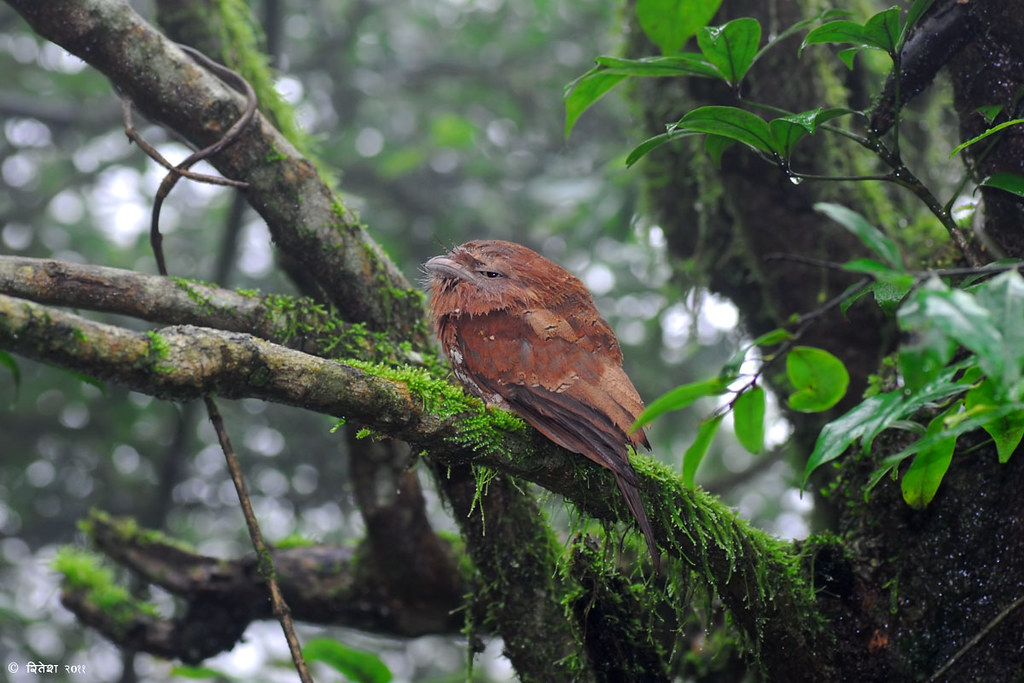
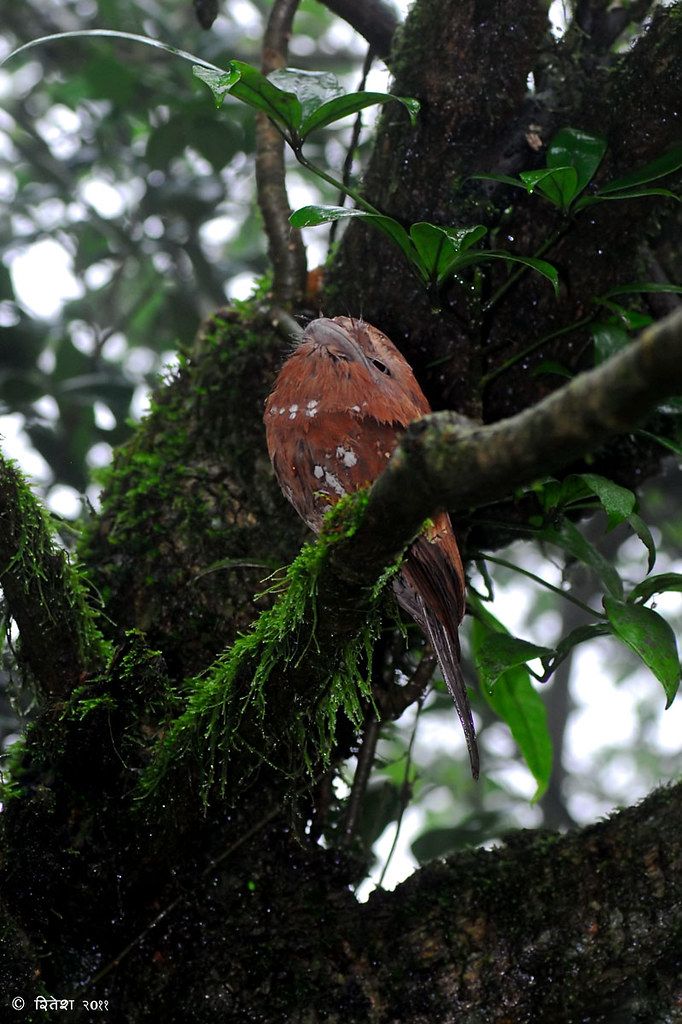
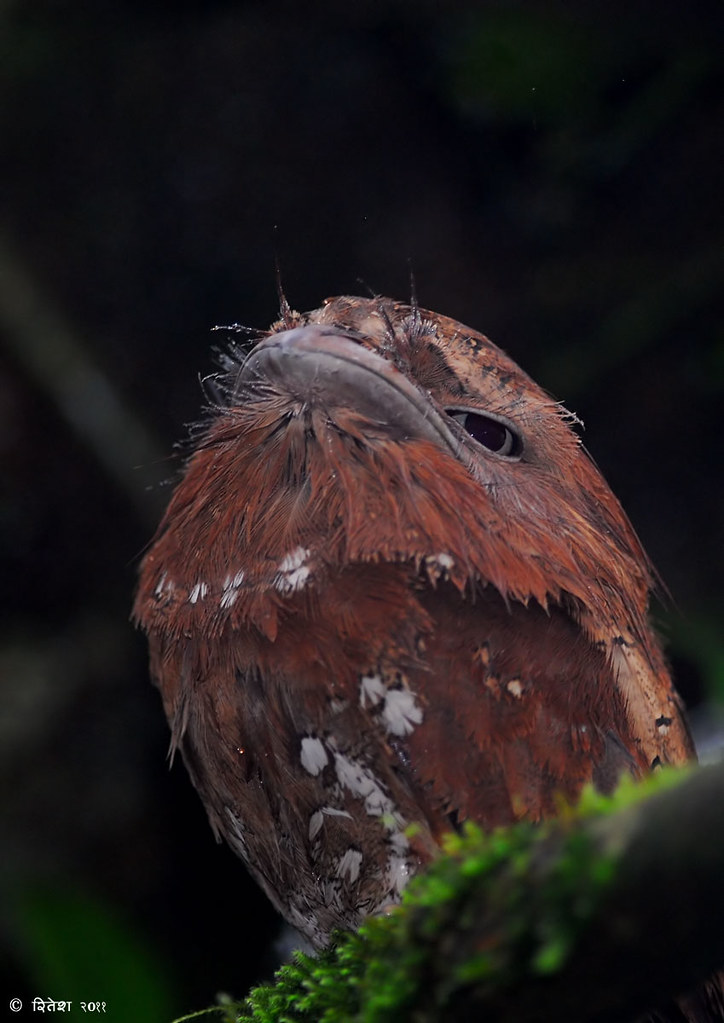
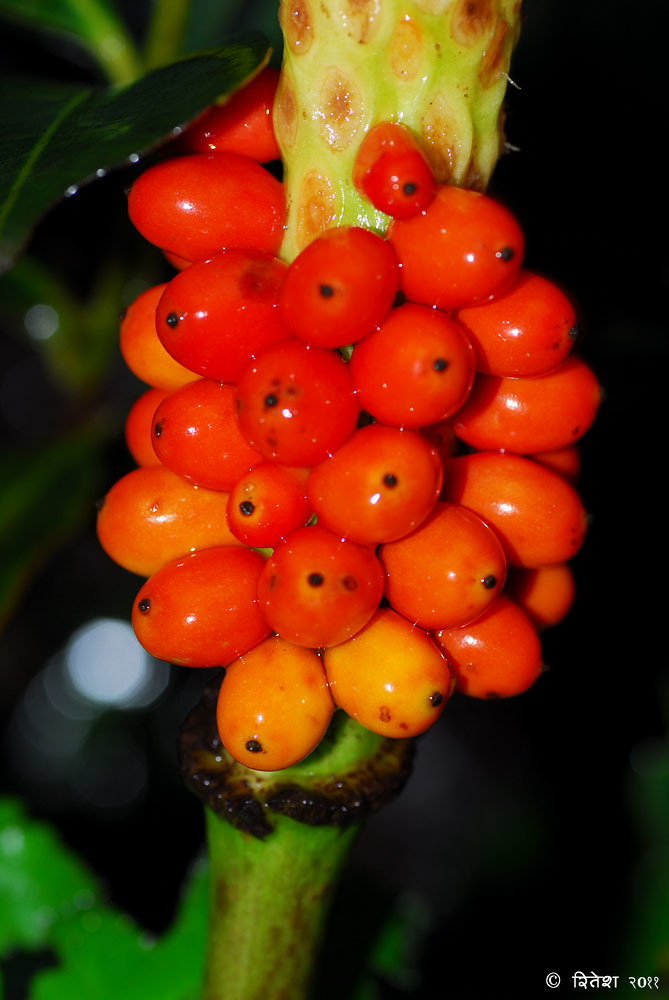
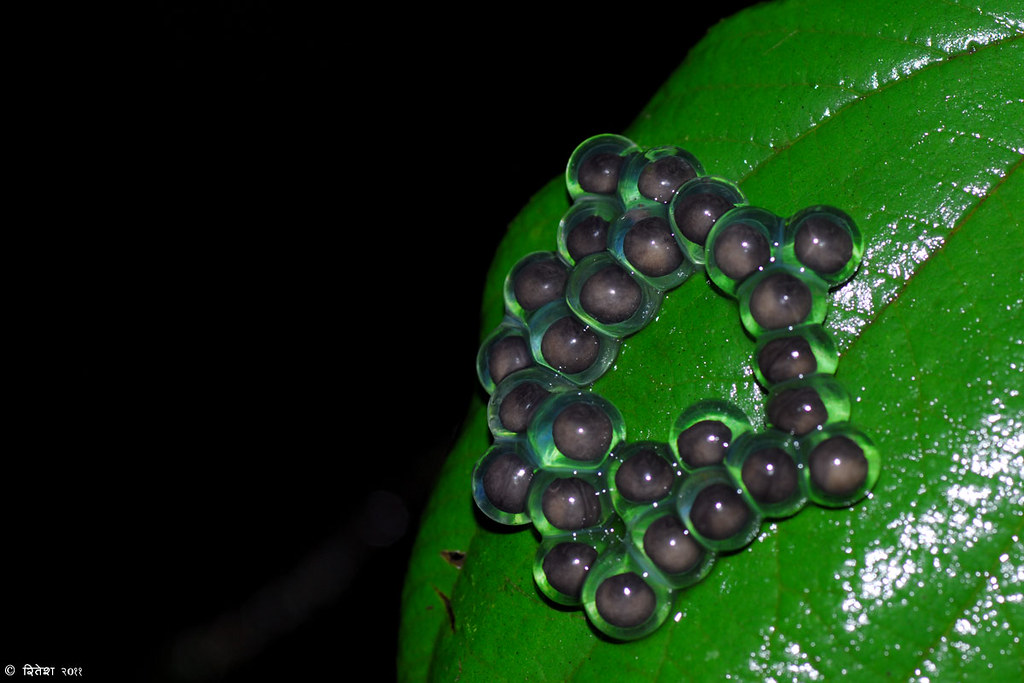
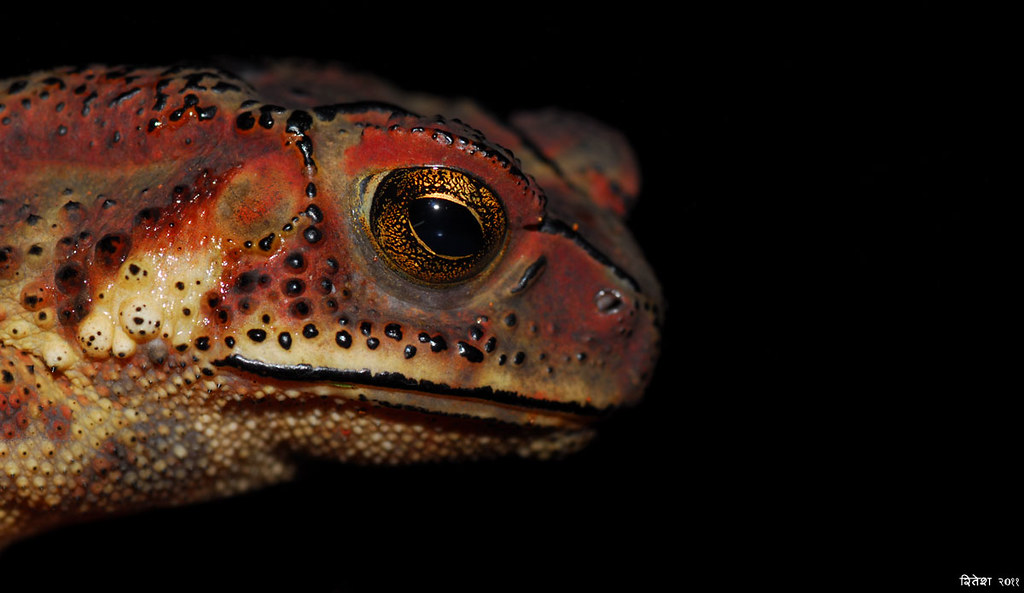
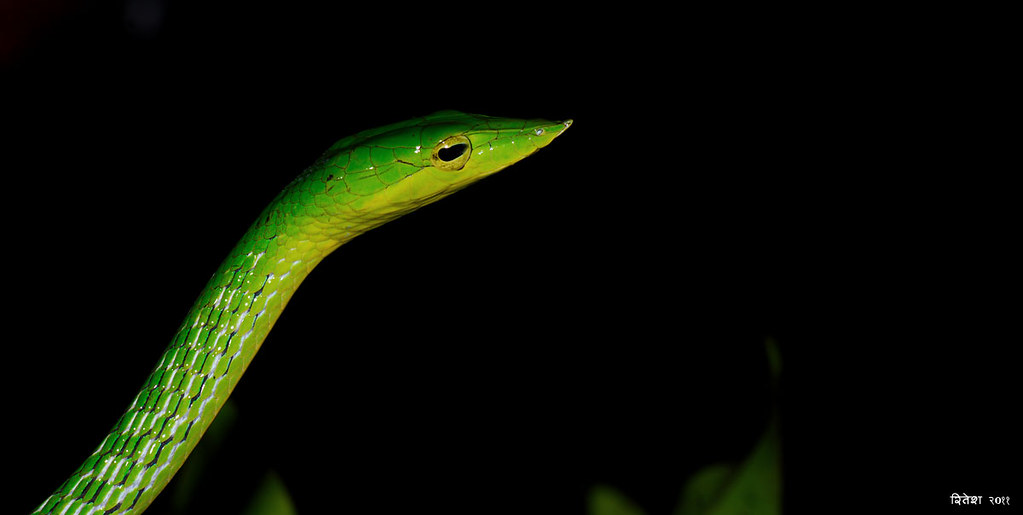
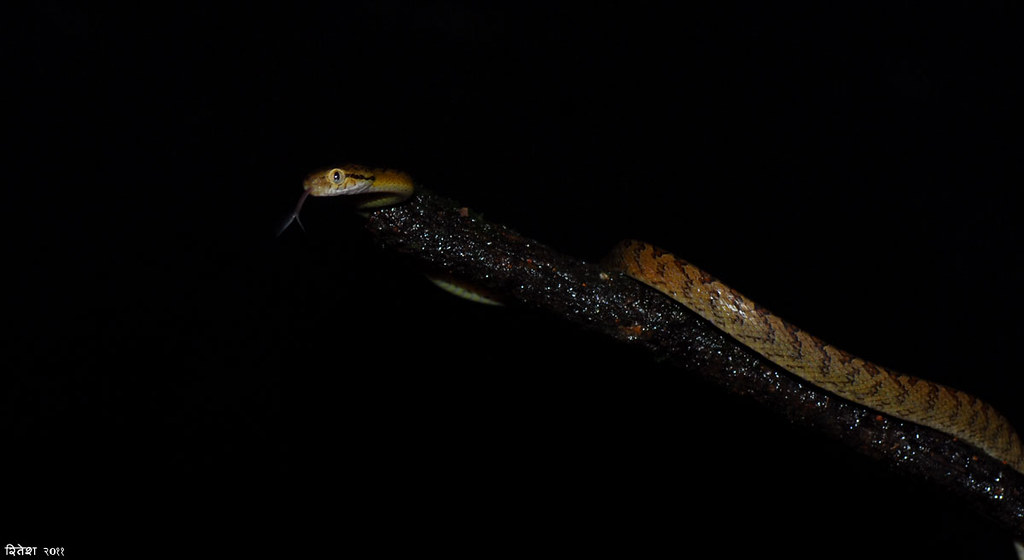
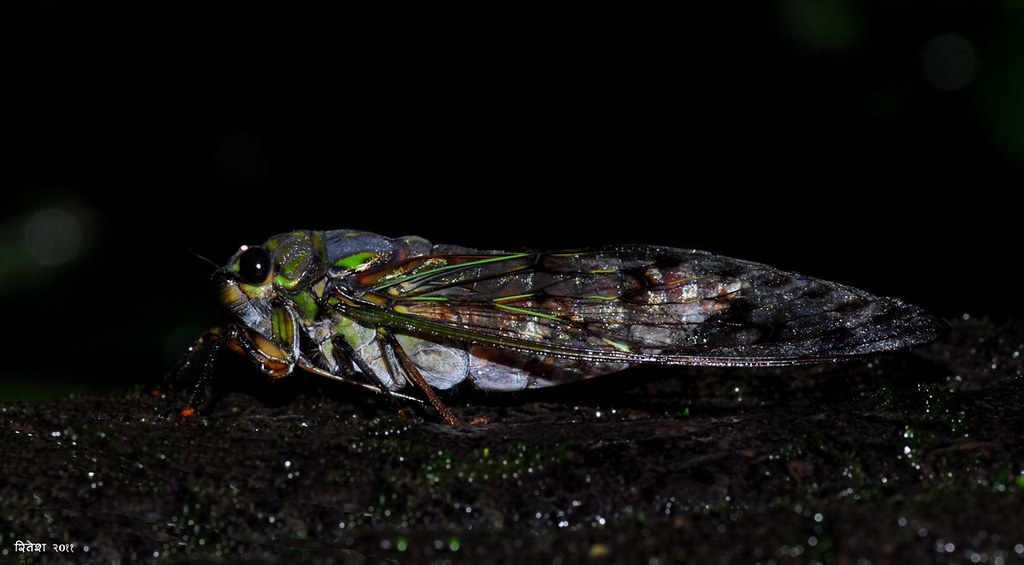
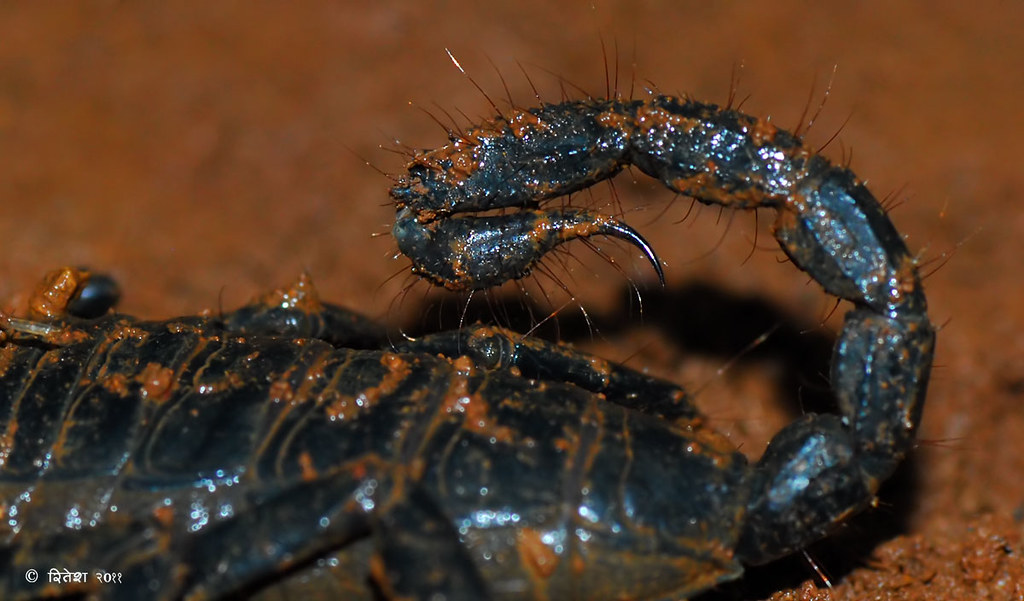

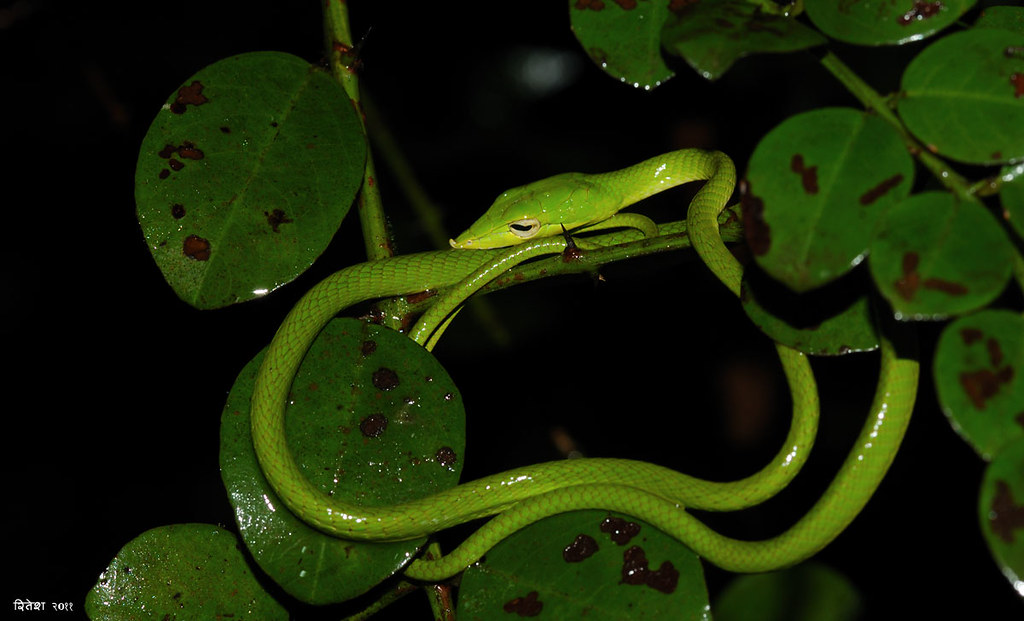
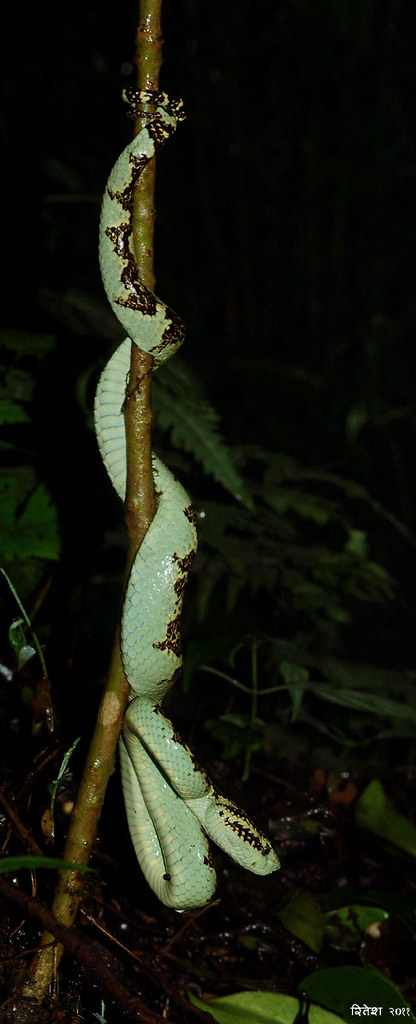
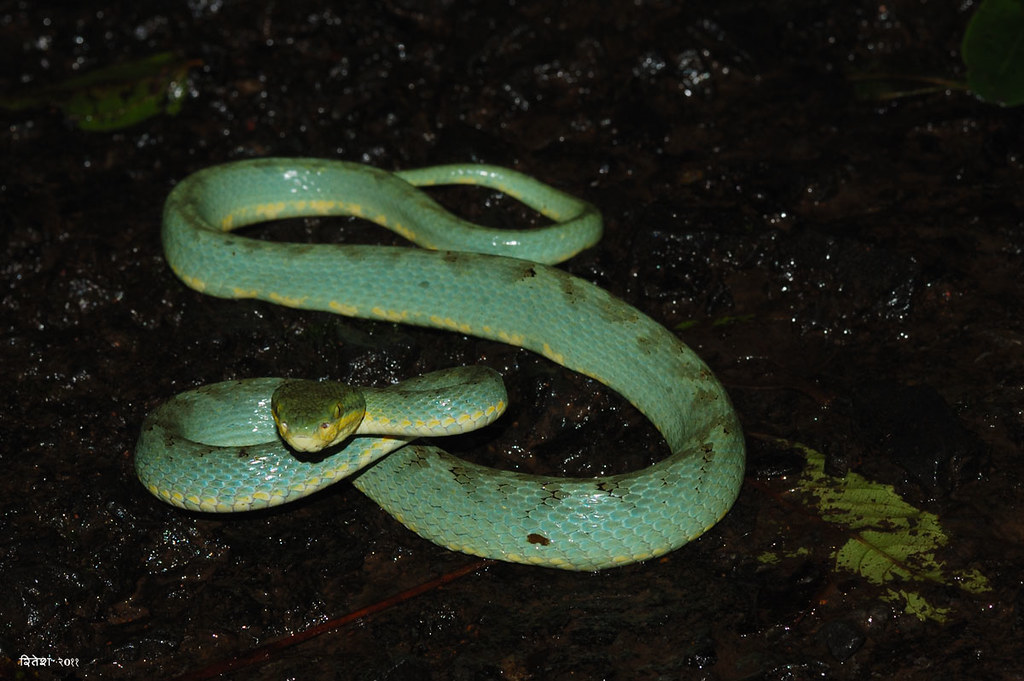
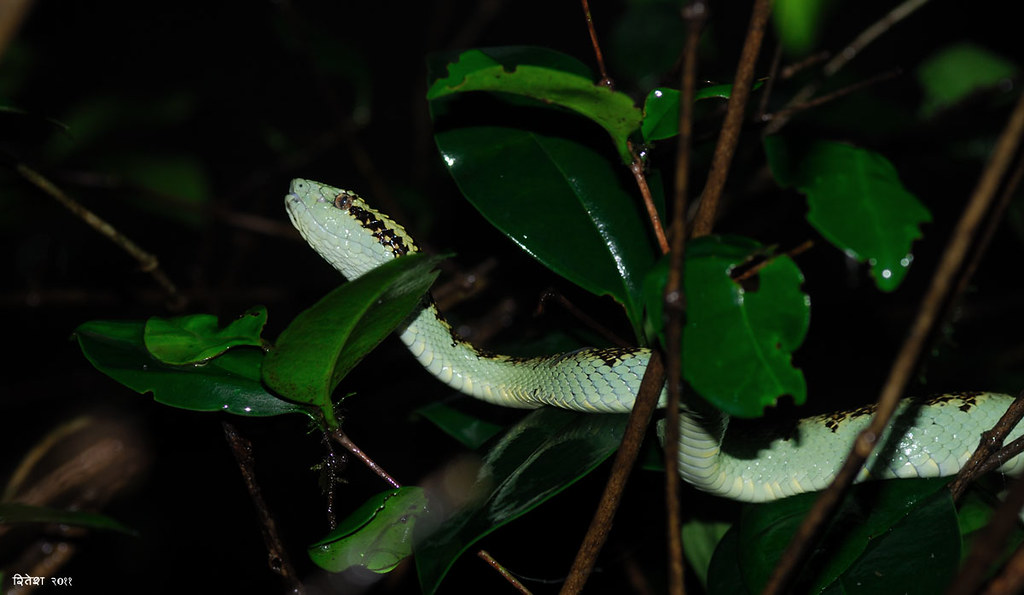
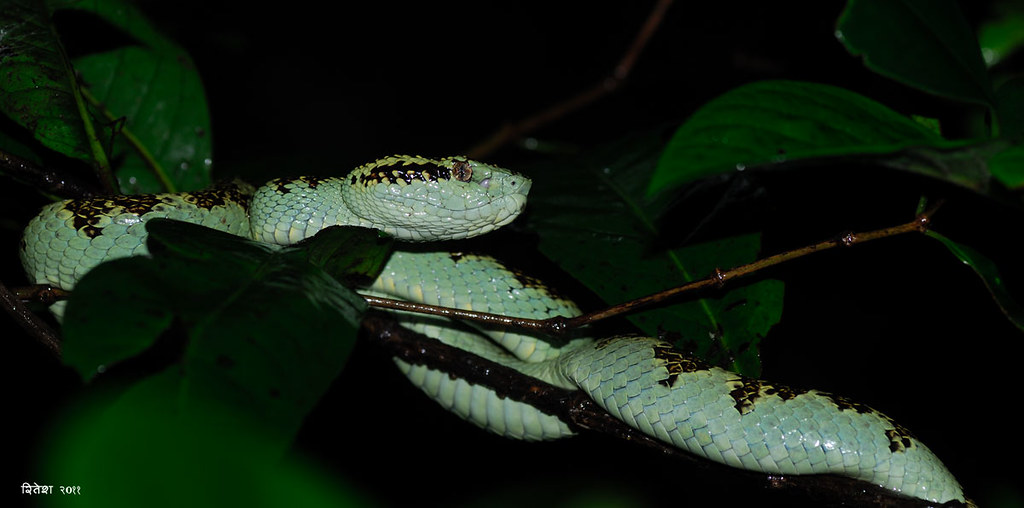
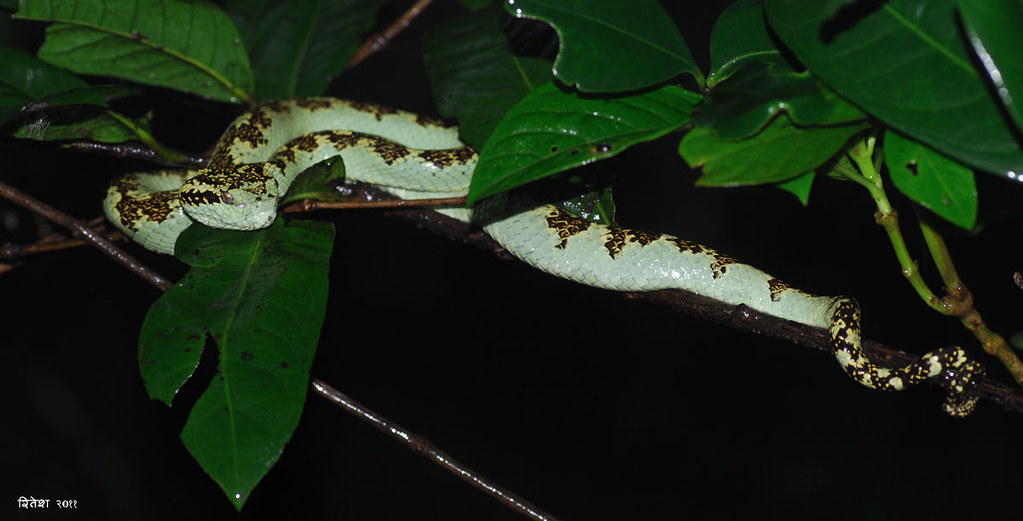
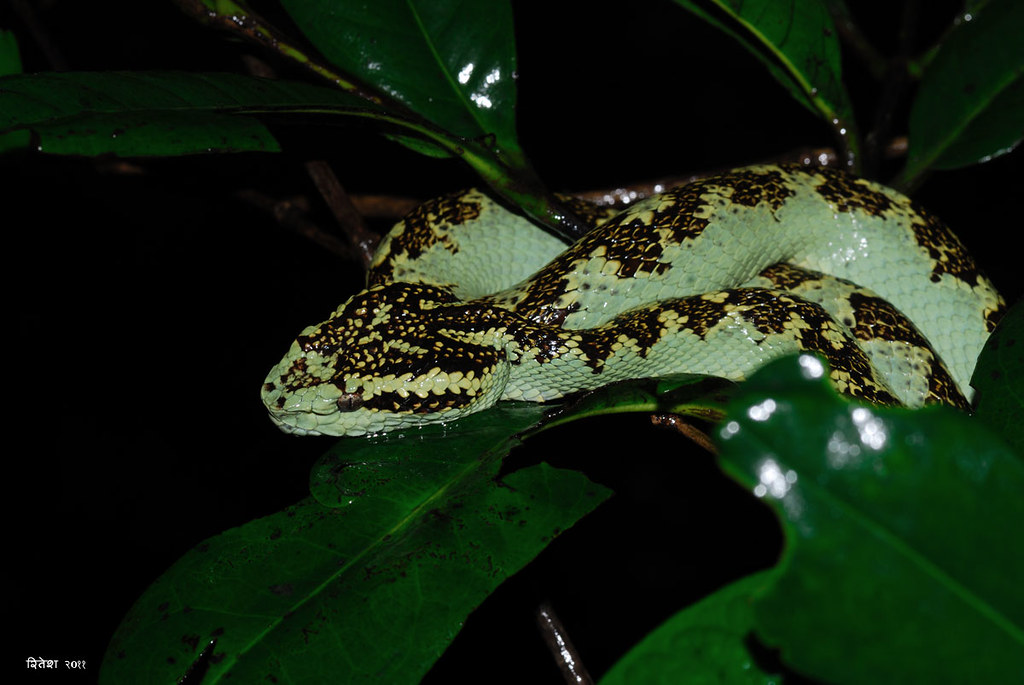
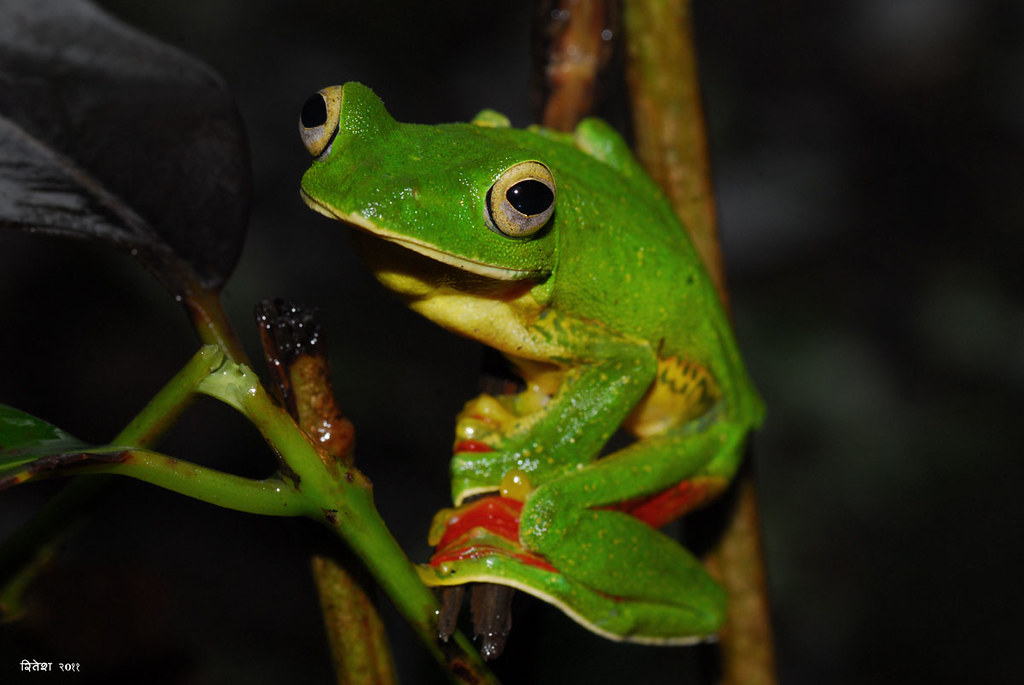
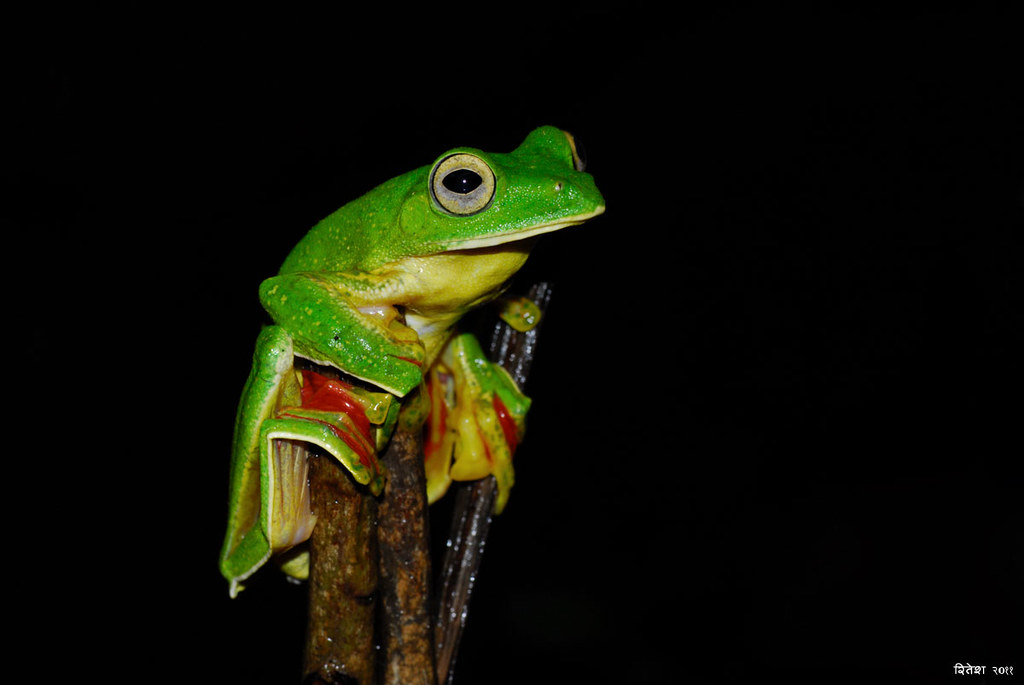
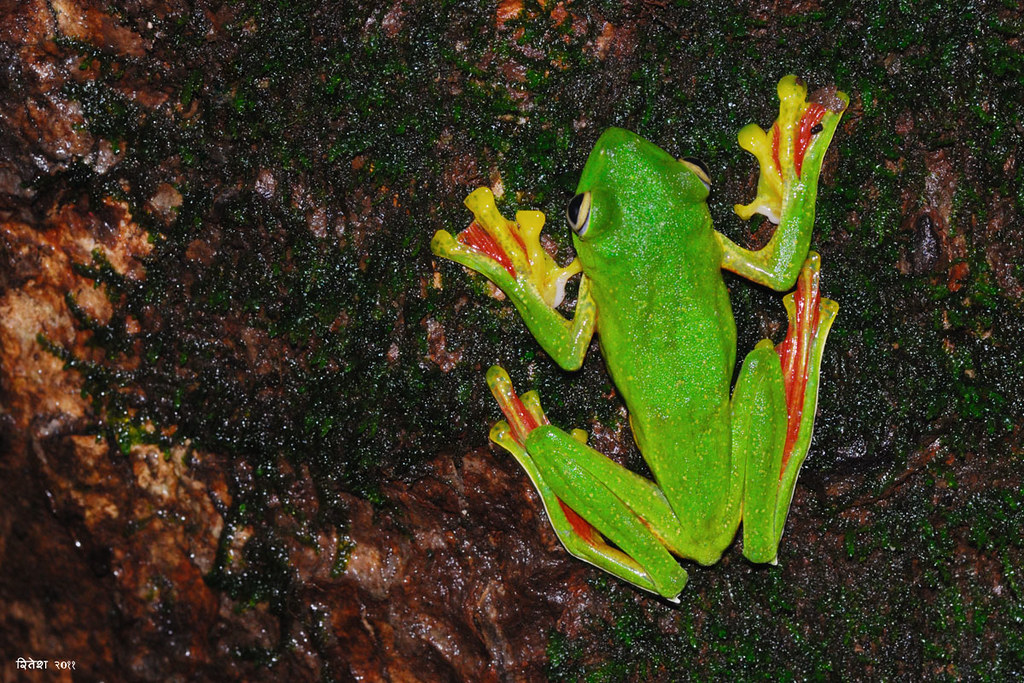
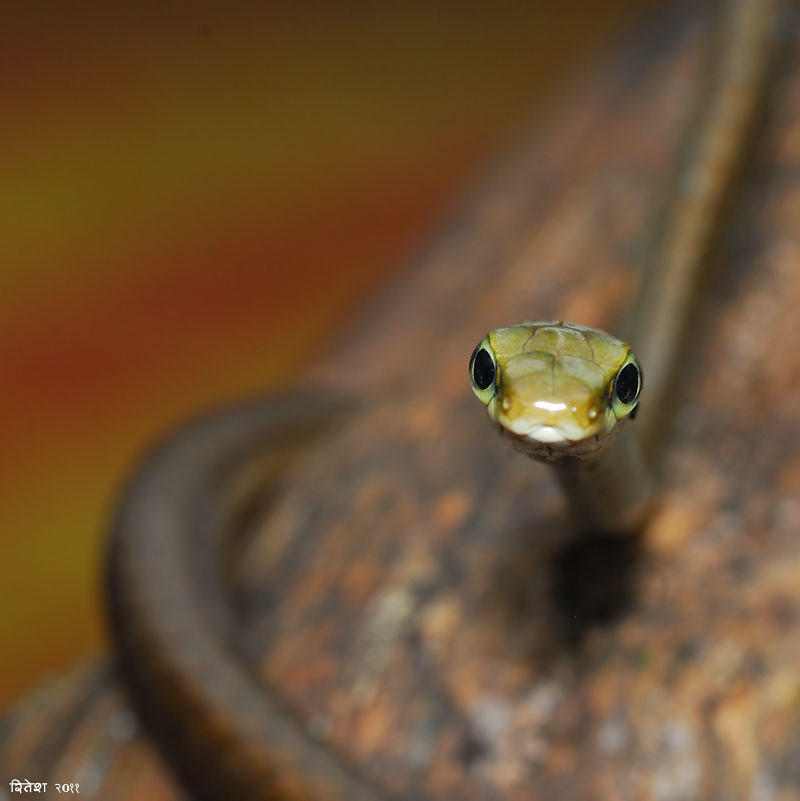
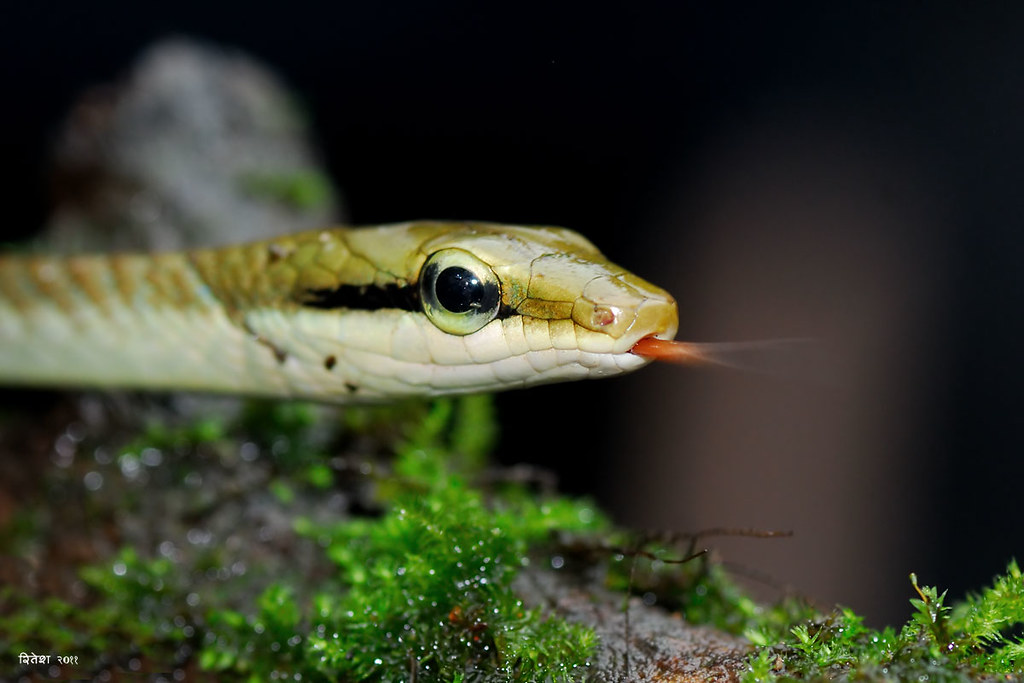


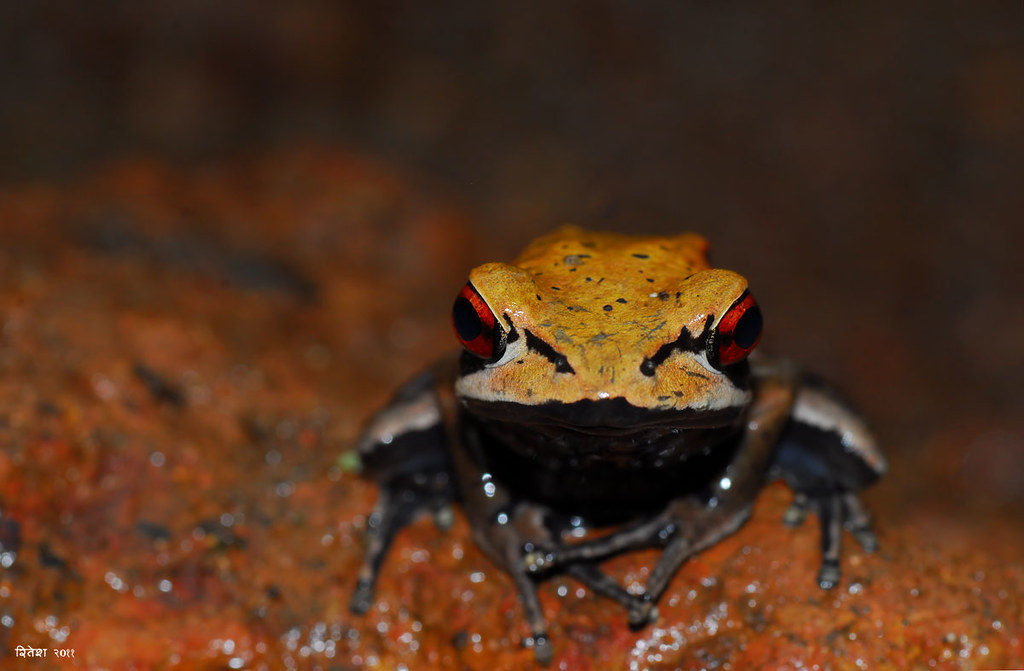
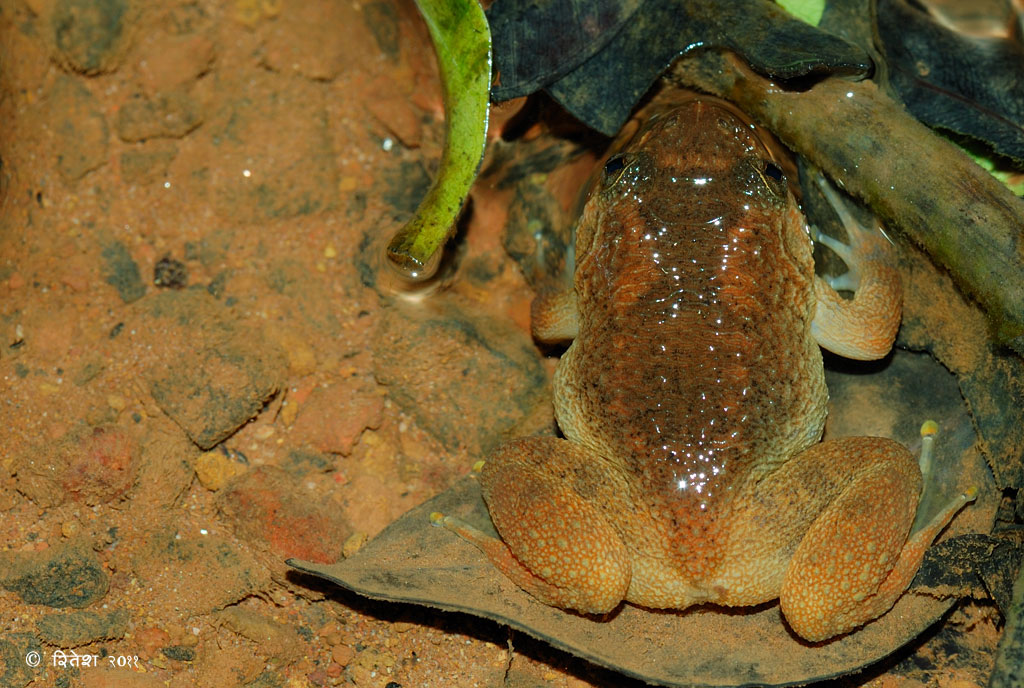
8 comments:
excellent presentation of photographs and text...
Wow!!! What a wonderful photos!
Beertje Zonn
Excellent photos (as are the others on your blog). I am planning to go this July. How did you protect your camera and lenses? Amboli must be very wet during that part of the year.
Excellent information. Thanks for sharing.
its simply amazing , you made us happy thanks a ton to you and keep on posting these things , and kindly suggest some points in amboli which are best for true natute lovers specially unseen birding spots
Nice ghat. I really liked your post. Belgaum (Belagavi), with its rich martial traditions, has earned the sobriquet 'cradle of infantry'. A soothing climate, natural endowments such as rivers, waterfalls, jungles and hills as well as scores of captivating churches and temples make this place a treasure trove of tourist delights. Check out Belgaum tourist places also.
I love this blog! Keep up the good work
Fabulous photographs, Ritesh. And great sharing of the information from this amazing trip! I am going on the same trip with Nature India in August this year so read your blog with even greater interest! Loved looking at your excellent photographs which gave me an idea of what to expect! The start of your trip with the Sri Lanka Frogmouth was, truly, an unexpected bonus! Thanks for sharing!
Post a Comment